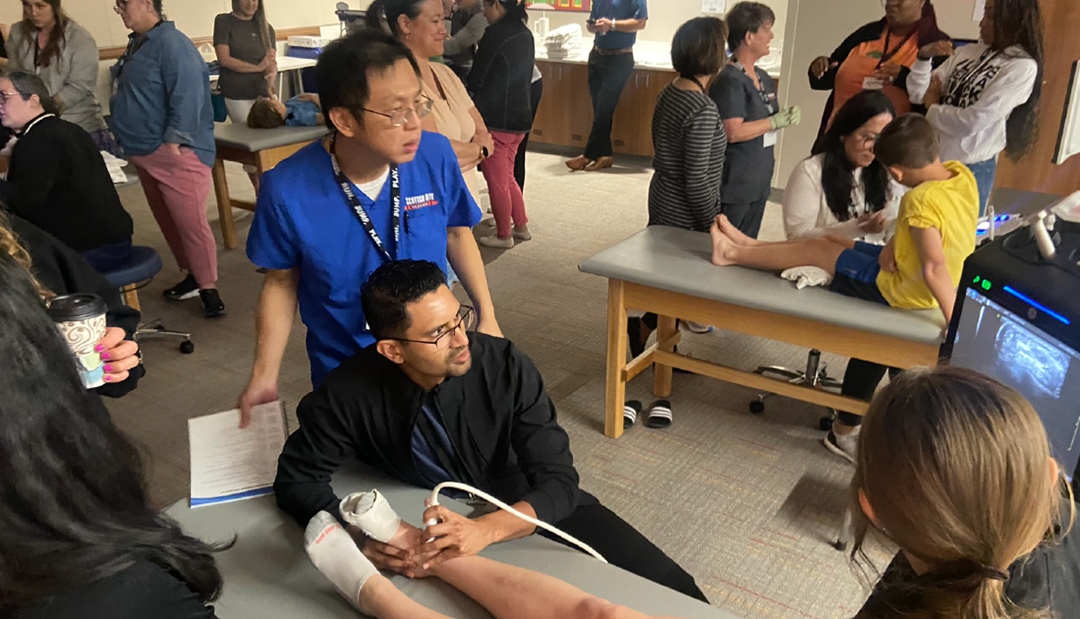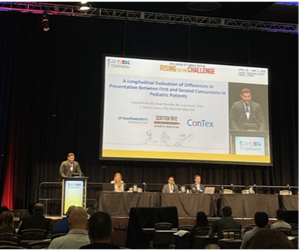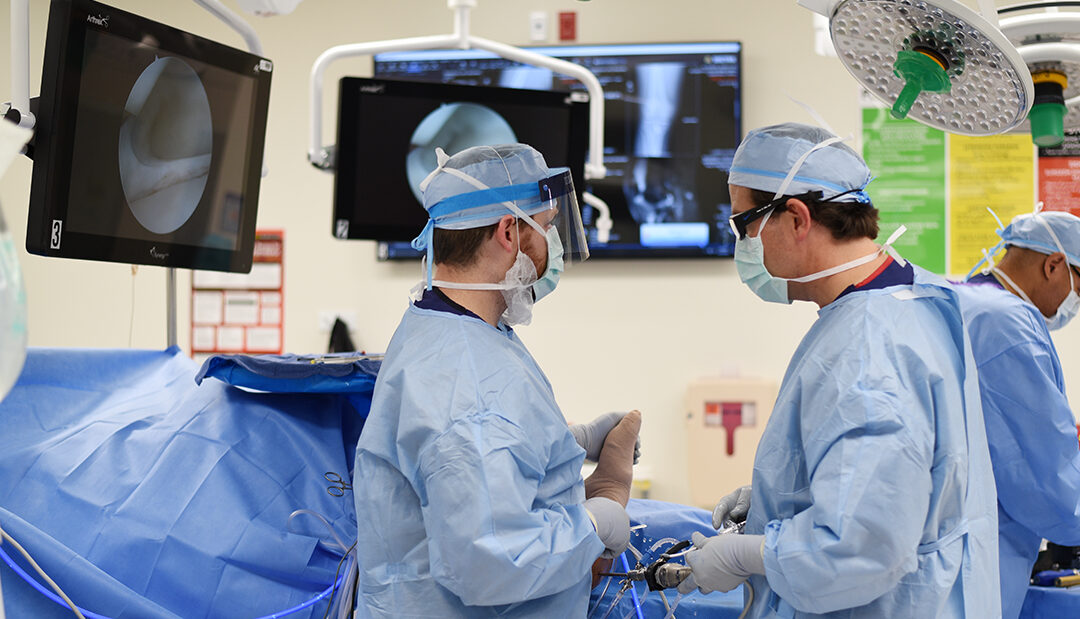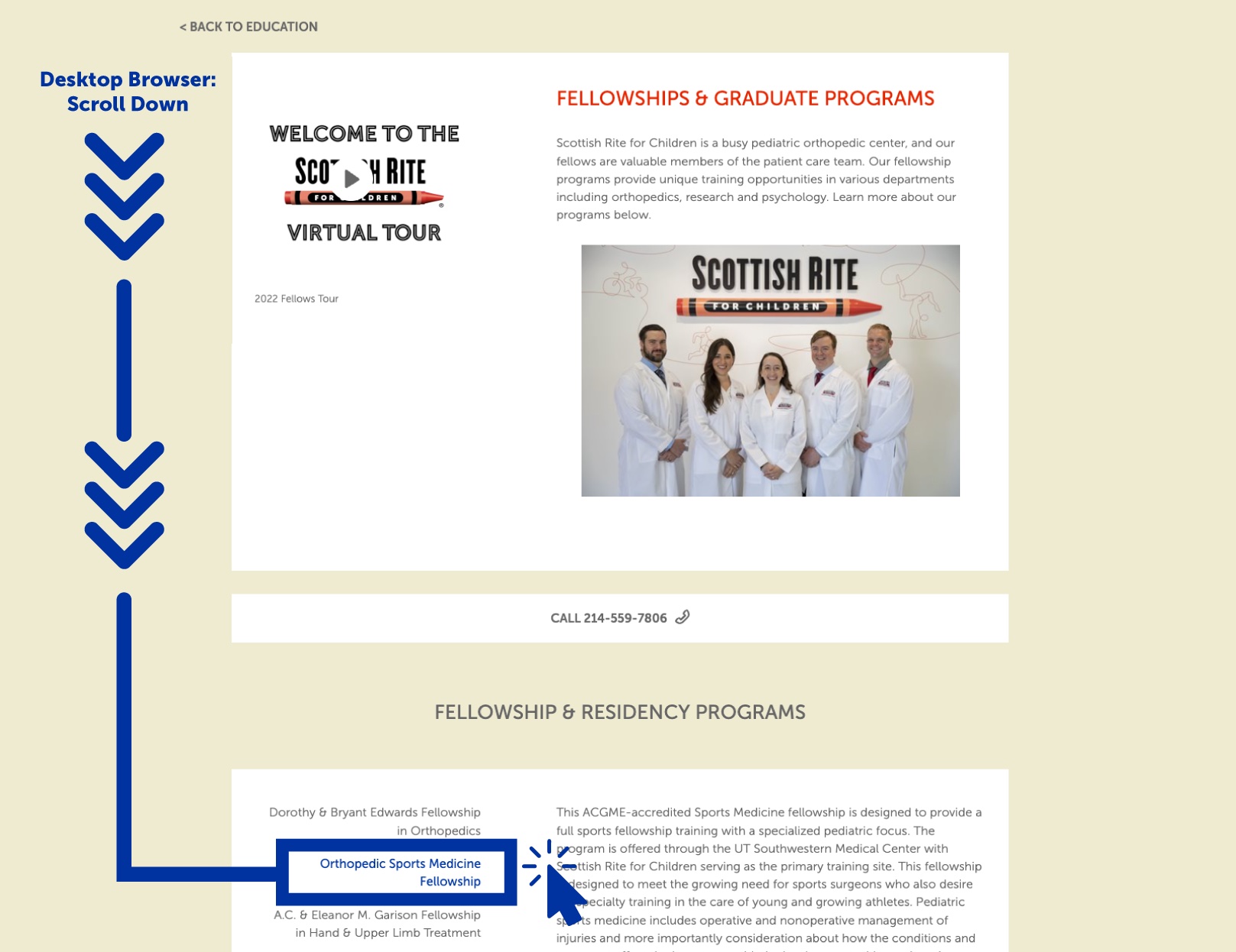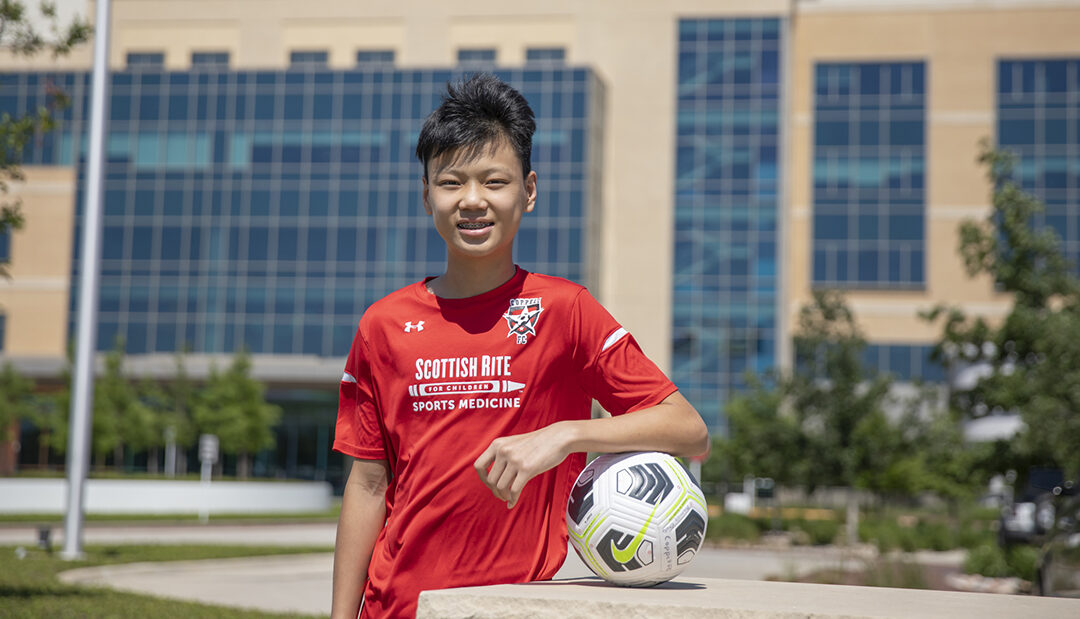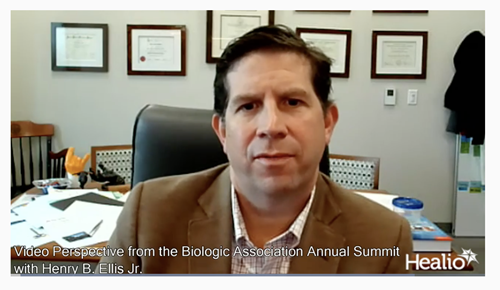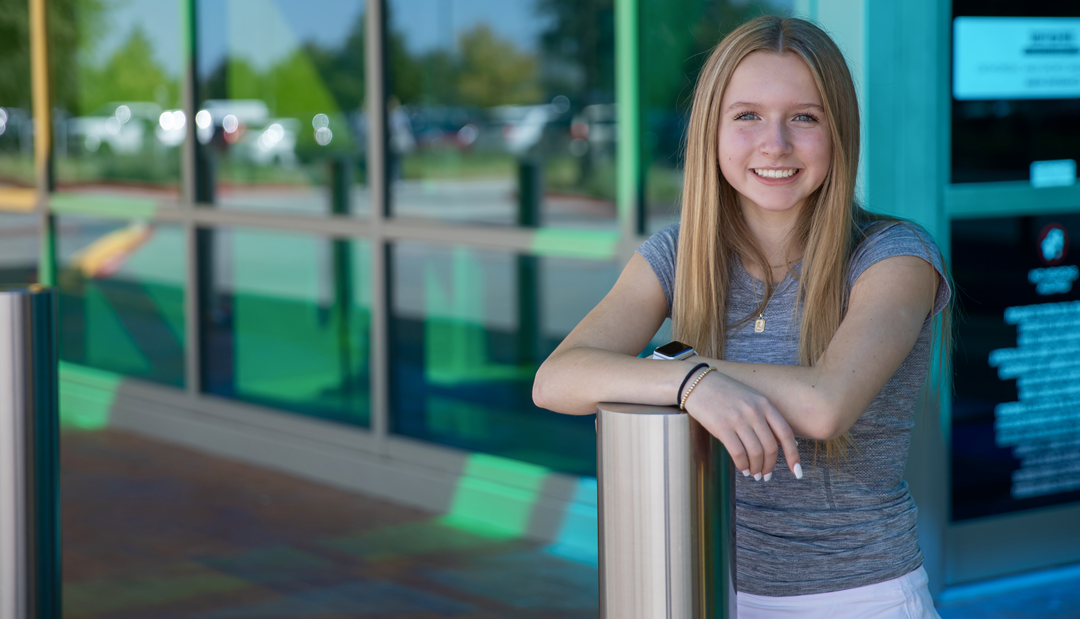
Surmounting Setback Through Strength
Published in Rite Up, 2023 – Issue 2.
Running intensely down the long runway, Lawrence launched into a roundoff, followed by five no-handed back handsprings and then a back handspring into a double pike. Landing sharply on the mat with all of the pressure on her ankles, she fell to the ground. “I was in terrible pain, and I just remember paramedics coming over,” says 16-year-old Lawrence, of Richardson. That day in June of 2022, Lawrence broke both of her ankles at the USA Gymnastics® Championships in the trampoline and tumbling event in Des Moines, Iowa. “I was really scared that I wouldn’t be able to tumble anymore,” she says.
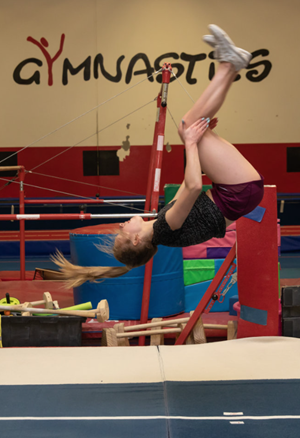
An elite power tumbler, Lawrence has been a gymnast since she was 5. “I would flip all around the house,” Lawrence says. “I’d flip off the couch, make up routines on my bed and outside with my friends at recess. I’ve always had a passion for it.”
After a trip to the emergency room in Des Moines, Lawrence and her family decided to wait until they got back to Dallas to have surgery. “It was the longest car ride ever,” says Hollis, Lawrence’s mother, “but I knew the wonderful reputation of Scottish Rite for Children because I used to work there as a physical therapist, and I had heard that Dr. Ellis was the person we needed to see.”
A few days later, Lawrence found herself in the care of pediatric orthopedic sports medicine surgeon and medical director of clinical research Henry B. Ellis, M.D., and a multidisciplinary team of experts at the Scottish Rite for Children Orthopedic and Sports Medicine Center in Frisco. After having surgery on both ankles, Lawrence underwent a treatment plan that included having splints on both legs and then successively wearing casts, boots and braces before she could walk without aid. For many weeks, she was in a wheelchair until she could use crutches. “The lack of things I could do made me feel pretty hopeless,” Lawrence says. “I stayed in bed all day. I couldn’t do anything on my own, even go to the bathroom or take a shower.”
During her visits at Scottish Rite, Lawrence received a continuum of care in body, mind and spirit, including support from physician assistant Ben Johnson, P.A.-C., A.T.C., pediatric nurse practitioner Heather Barnes, D.N.P., child life specialist Marissa Willis, CCLS, and pediatric psychologist Emily Stapleton, Psy.D. “Dr. Stapleton talked to me every visit about how I was feeling mentally, which I didn’t take into consideration before the injury,” Lawrence says. “I thought I’d just be lying in bed, and then I’d get up and be fine, but it was a lot harder than I expected mentally. She really helped me discover things that I like to do besides tumbling, like reading and doing crafts.”
Hollis says that for her as a parent, Scottish Rite for Children means trust. “I totally and completely trust the doctors, nurses, support staff and therapists,” Hollis says. “Once we were in the hands of Scottish Rite, I knew Lawrence would be okay.”
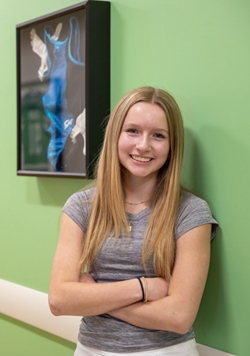
After a few months, Lawrence started walking and began the recovery process. “I was so excited to get strong, work out and do normal things that I took for granted like walking with my friends,” Lawrence says. “It might take a village to get elite athletes back after a bad injury,” Dr. Ellis says, “but the truth is that it takes a special patient with resilience, strength — both mental and physical — and perseverance.”
Today, Lawrence is back in the gym taking power tumbling classes and learning a new specialization called acrobatics and tumbling, a sport that combines gymnastics and the athletic aspects of competitive cheerleading. She takes private lessons from Hope Bravo, the 2019 U.S. tumbling bronze medalist who also competed in the Acrobatics and Tumbling program at Baylor® University. Lawrence says that Baylor’s program is the best, and she aspires to join the team when she graduates from high school. “
The care I received at Scottish Rite was amazing,” Lawrence says. “Though the injury set me back and that was really difficult, I’m glad I am where I am now because I didn’t think that would be possible. I love what I’m doing now. I have new goals, and I’m happier than I’ve ever been.”
Read the full issue.

